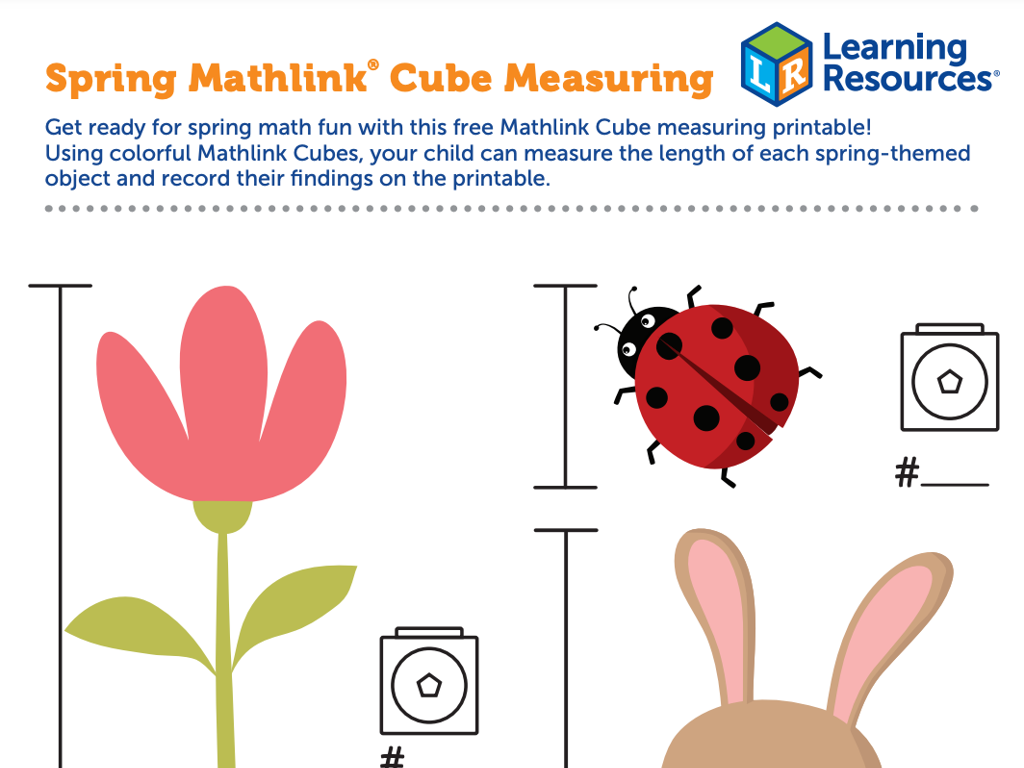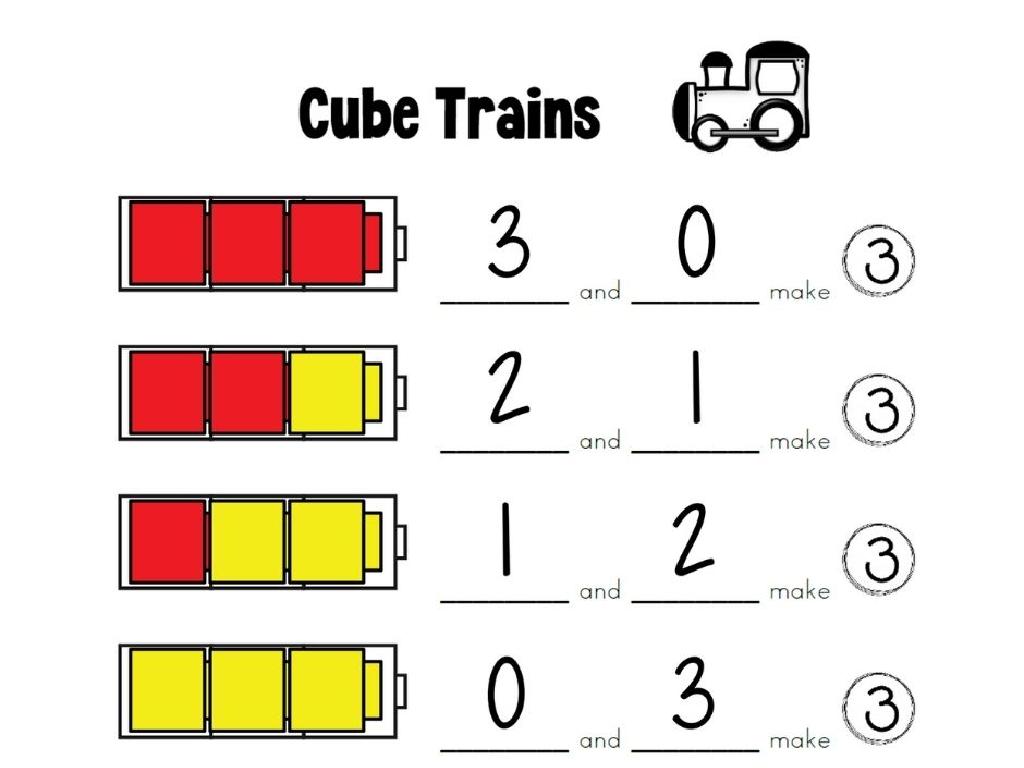Plymouth
Subject: Social studies
Grade: Fourth grade
Topic: English Colonies In North America
Please LOG IN to download the presentation. Access is available to registered users only.
View More Content
The Plymouth Colony: A New Home
– Pilgrims’ journey to freedom
– Pilgrims left England seeking religious freedom.
– Settling in Plymouth, 1620
– They arrived on the Mayflower and built a settlement.
– Life in the Plymouth Colony
– Pilgrims worked hard to survive and create a community.
– The First Thanksgiving
– A feast with Native Americans to celebrate the harvest.
|
This slide introduces the Plymouth Colony as part of the larger topic of English colonies in North America. It’s important to convey to the students why the Pilgrims felt the need to leave England, emphasizing their quest for religious freedom. Discuss the hardships they faced during their voyage on the Mayflower and their determination to build a new life in Plymouth in 1620. Highlight aspects of daily life in the colony, including their relationships with Native Americans, which culminated in the First Thanksgiving. This will help students appreciate the historical significance of the colony and the Pilgrims’ contributions to American history.
Who Were the Pilgrims?
– Pilgrims: Seekers of Freedom
– Pilgrims left England for religious freedom.
– Voyage to the New World
– They sailed across the Atlantic to America.
– Life aboard the Mayflower
– The Mayflower was crowded and the journey took 66 days.
– Challenges faced at sea
– Storms and seasickness made the trip hard.
|
This slide introduces the Pilgrims, a group of English settlers who embarked on a journey to the New World in search of religious freedom. Discuss their motivations for leaving England and the challenges they faced during their long voyage on the Mayflower, including the cramped conditions, rough seas, and health issues. Emphasize the perseverance and determination of the Pilgrims despite the difficulties. Encourage students to imagine what life on the Mayflower would have been like and to consider the bravery it took to embark on such an uncertain journey.
Plymouth: Arrival and Settlement
– Pilgrims landed at Plymouth Rock
– In 1620, the Mayflower ship landed at a rock that is now known as Plymouth Rock.
– Surviving the harsh first winter
– The Pilgrims faced cold and hunger but worked together to survive.
– Building homes in the new colony
– They built houses, planted crops, and established their new community.
– Cooperation with Native Americans
– The Wampanoag people helped the Pilgrims learn how to live off the land.
|
This slide introduces students to the early stages of the Plymouth colony’s history. Emphasize the significance of Plymouth Rock as a historical symbol. Discuss the difficulties the Pilgrims faced during their first winter, including the lack of shelter, food shortages, and the cold climate. Highlight their resilience and determination to build a new home in an unfamiliar land. Explain the importance of cooperation with the Native Americans, particularly the Wampanoag tribe, who played a crucial role in the survival and eventual success of the colony. Encourage students to think about what it would have been like to start a new life in a new place and how working together can help overcome challenges.
Daily Life in Plymouth Colony
– A Pilgrim child’s daily life
– Chores, schooling, and games were part of their day.
– Colony roles and responsibilities
– Men, women, and children all had specific jobs.
– Trade with Native Americans
– Exchanged goods like fur and food with the Wampanoag.
– Pilgrims and Native American relations
– Cooperation and treaties were key for peace and survival.
|
This slide aims to give students a glimpse into the everyday life of the Plymouth Colony, focusing on the experiences of a Pilgrim child. Discuss the various chores, such as farming and cooking, as well as the limited schooling they received. Highlight the distinct roles and responsibilities of men, women, and children within the colony. Emphasize the importance of trade with the Native Americans, particularly the Wampanoag tribe, which was crucial for the Pilgrims’ survival. Explain how the Pilgrims and Native Americans formed relationships, including cooperation and treaties, which were essential for maintaining peace and enabling the colony to thrive. Encourage students to compare and contrast the life of a Pilgrim child with their own, fostering a deeper understanding of historical lifestyles.
The First Thanksgiving
– The story of the first Thanksgiving
– In 1621, Pilgrims celebrated the harvest with a feast.
– Pilgrims and Wampanoag friendship
– Pilgrims survived with the help of the Wampanoag tribe.
– The meaning of being thankful
– Being thankful for good harvest and relationships.
– Thanksgiving: Past and present
– How we celebrate Thanksgiving today and its origins.
|
This slide introduces students to the historical event of the First Thanksgiving, emphasizing the cooperation between the Pilgrims and the Wampanoag tribe. It’s important to convey the hardships faced by the Pilgrims and how the Native Americans helped them survive. Discuss the concept of thankfulness, both in the historical context and its relevance today. Encourage students to think about what they are thankful for in their own lives. Draw parallels between the original Thanksgiving and the modern holiday, highlighting how traditions have evolved but the essence of gratitude remains central.
Plymouth’s Legacy in American History
– The Mayflower Compact’s role
– First self-government agreement in the New World signed aboard the Mayflower.
– Plymouth’s influence on colonies
– Plymouth’s laws and community practices inspired later colonies.
– Growth of new communities
– From Plymouth, settlers spread out, forming new towns and communities.
– Expansion of English Colonies
– Plymouth was the stepping stone for the larger English colonization of North America.
|
This slide aims to highlight the historical significance of Plymouth Colony in the development of American self-governance and colonial expansion. The Mayflower Compact was a pioneering document that established a form of self-government, which was a radical idea at the time. It set a precedent for future colonies, influencing their governance and community organization. The success of Plymouth led to the establishment of additional settlements and the eventual expansion of English influence in the New World. Discuss with students how these early steps taken by the Plymouth settlers laid the groundwork for the democratic principles that the United States is built upon today.
Class Activity: Create Your Colony
– Imagine being a Pilgrim
– Choose your colony’s location
– Consider factors like resources, climate, and defense
– Design your settlement
– Think about homes, meeting places, and farms
– Decide on your colony’s laws
– What rules will keep your colony safe and fair?
|
In this interactive class activity, students will engage with the historical concept of establishing an English colony in North America by imagining they are Pilgrims. They will choose a location for their colony, considering geographical advantages and resources. Students will then design their settlement, deciding where to place homes, community buildings, and agricultural areas. They will also create a set of laws to govern their colony, focusing on safety and fairness. Each student will present their colony plan to the class, explaining their choices and reasoning. This activity encourages creativity, critical thinking, and public speaking skills. Possible variations include working in groups, drawing their settlements, or writing a day in the life of a colonist.






